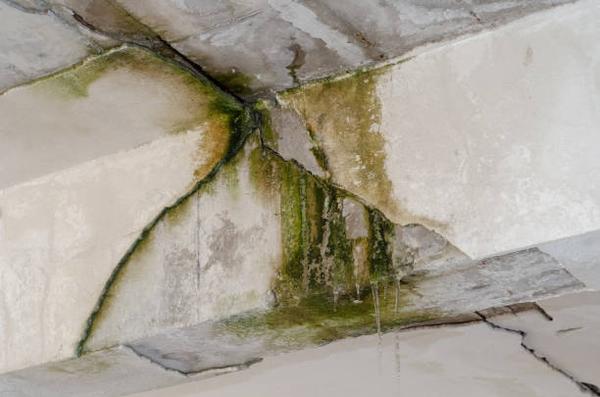When it comes to our homes, we often focus on aesthetics and functionality. We want our living spaces to look good and serve our needs. However, what many people don’t realize is that the design and materials used in their homes can have a significant impact on their health.
From the paint on the walls to the flooring underfoot, every aspect of a home’s construction can potentially pose health risks. For example, many paints contain volatile organic compounds (VOCs) that can off-gas into the air over time, leading to respiratory issues and other health problems. Similarly, certain types of flooring materials, such as vinyl or laminate, can release harmful chemicals into the air.
In addition to these indoor air quality concerns, there are also hidden health risks associated with poor ventilation and insulation in homes. When a house is not properly ventilated, moisture can build up inside, leading to mold growth and potential respiratory problems for occupants. Likewise, inadequate insulation can result in temperature fluctuations that can exacerbate existing health conditions or lead to new ones.
Another common source of hidden health risks in home construction is exposure to toxic substances such as lead or asbestos. These materials were commonly used in older homes Check This Out but have since been found to pose serious health risks when disturbed or damaged. For example, if lead paint is chipped or cracked, it can release toxic dust particles into the air that can be ingested or inhaled by residents.
Furthermore, poor design choices in a home can also contribute to health issues for its occupants. For example, rooms that lack natural light or proper airflow may feel cramped and claustrophobic, leading to increased stress levels and decreased overall well-being. Similarly, poorly designed kitchens or bathrooms may not function efficiently or safely for those using them.
To mitigate these hidden health risks in home construction and design, there are several steps homeowners can take. First and foremost is choosing environmentally friendly building materials whenever possible. Look for products labeled as low-VOC or formaldehyde-free to minimize indoor air pollution.
Additionally, ensure your home has adequate ventilation systems in place to promote good indoor air quality and reduce moisture buildup. Regularly inspect your home for signs of mold growth or other potential hazards like lead paint chips so you can address them promptly before they become major issues.
By being mindful of these hidden health risks in your home’s design and materials choices from the outset of construction or renovation projects will help create a healthier living environment for you and your family for years to come.




